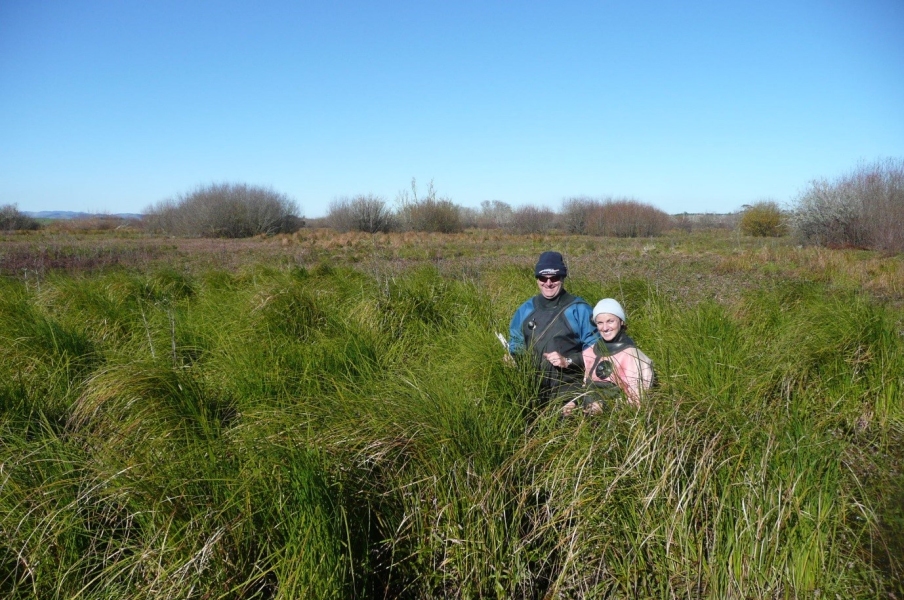Whangamarino Wetland, designated as a Ramsar site of international importance, is one of three wetlands in the Department of Conservation (DOC) Arawai Kakariki Restoration Programme. DOC had undertaken aerial control of crack willow (Salix fragilis) and grey willow (Salix cinerea) within Whangamarino, however, the size and ecological impact of willow still remained a significant issue. NIWA reviewed the Whangamarino willow control programme over the previous ten year period, and determined changes in willow distribution and other wetland vegetation types.
Aerial treatment of willow was undertaken by boom spraying of glyphosate at a rate of 9 L / ha from 1999 – 2008. Treatment of crack willow was very effective. Treatment of grey willow dominated vegetation with glyphosate also resulted in good control but grey willow had extensively reinvaded treated areas. Considerable non-target damage occurred where aerial boom spraying was used on individual or scattered grey willow trees, particularly amongst peat bog or fen vegetation.
Vegetation maps showed broad scale changes in willow distribution and area over time. Crack willow steadily expanded from 1942 to 1993 when virtually all available riverine habitat was occupied. From 1993 to 2002 crack willow declined as a result of aerial spraying. In contrast, grey willow continued to expand from 1942 to become the dominant willow type by 2002. Grey willow invasion of the raised bog domes was minimal, but was common in the fen margins. Grey willow was detrimentally impacting endangered species and rare vegetation community types, such as the Carex sedgeland.
Three main wetland types were recognised: fen; periodically flooded swamp (marsh); and semi-permanently flooded swamp. There was a shift in vegetation composition between 1999 and 2009 from periodically flooded species to aquatic species, regardless of whether willow control had occurred. This change was probably related to the increased water levels since 2000, which also prevented crack willow re-establishment.
A continued widespread grey willow control programme was questioned, as long-term success was unlikely using available methods. Willow control was recommended at high value sites within Whangamarino or areas in the early stages of willow invasion. Small scale willow control should use highly selective methods to minimise killing other plants. Boom spraying of broad-spectrum herbicides should be restricted to areas where dense canopies of willow were present.

